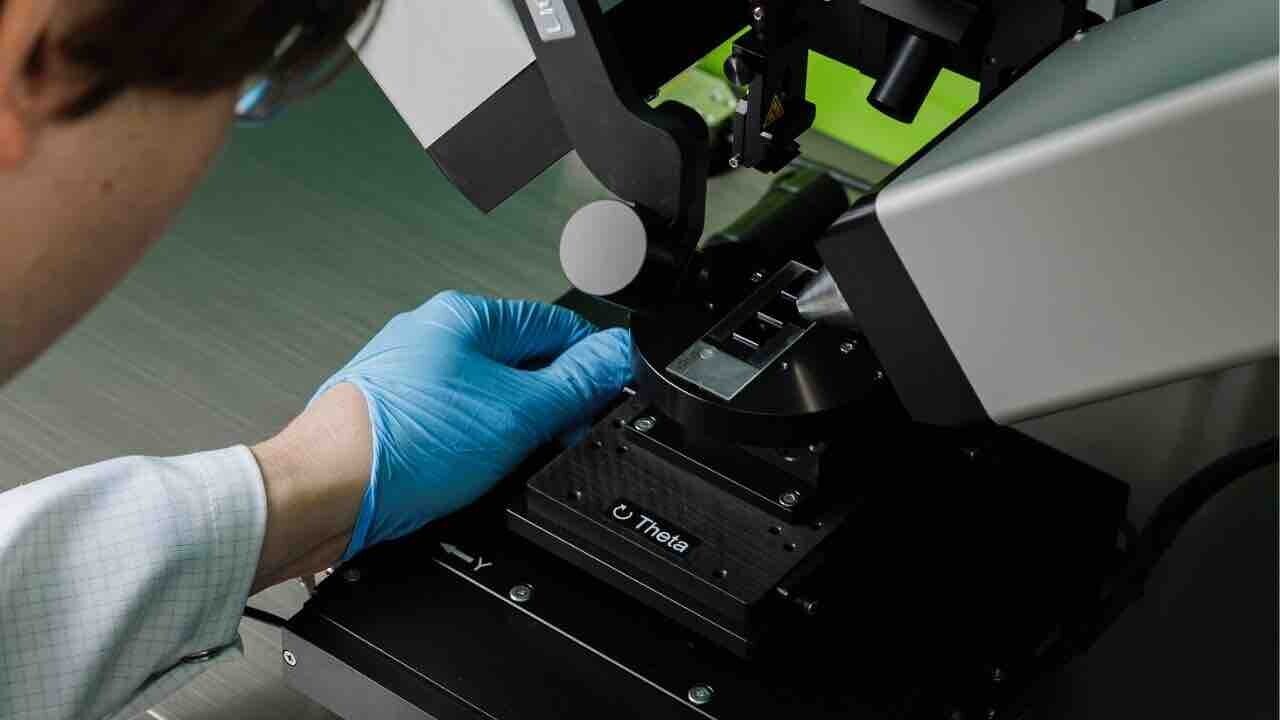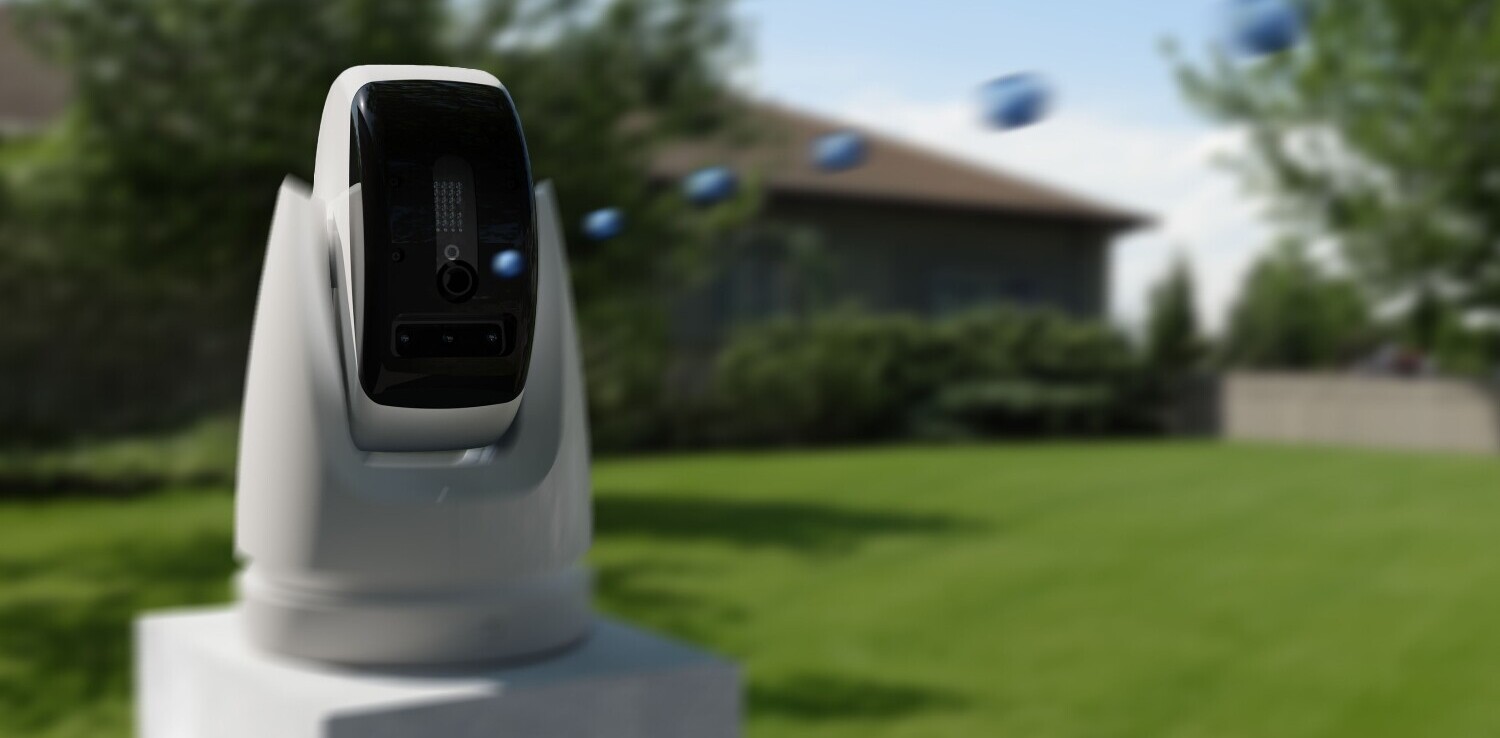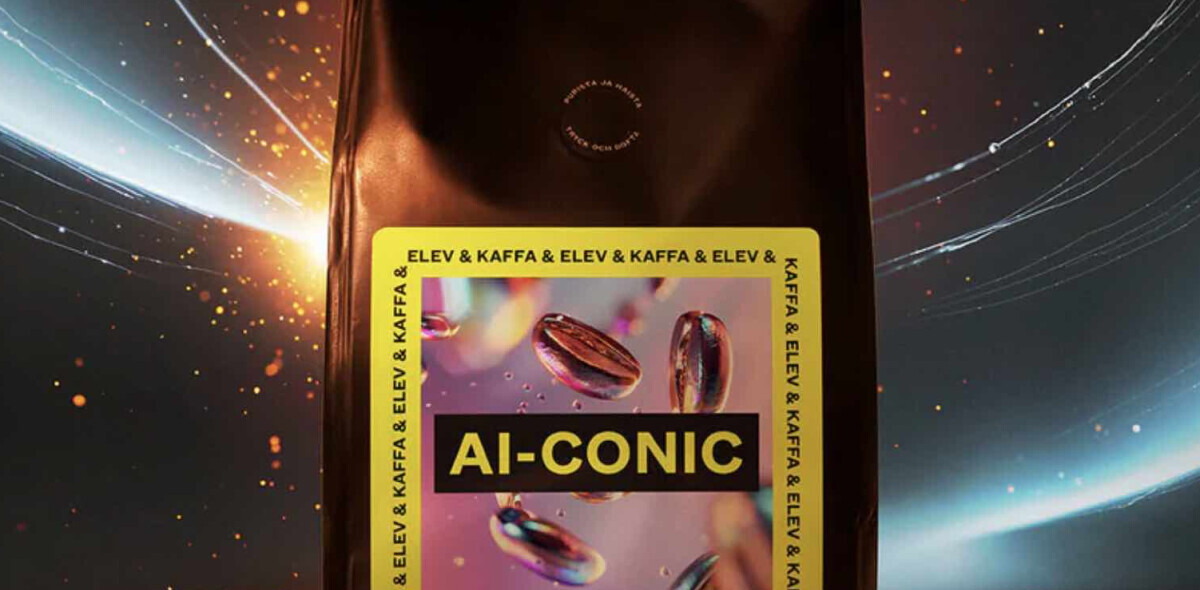
A Nobel Laureate who co-created graphene has made another discovery that could turbocharge numerous futuristic applications, from smart contact lenses to rapid disease detection.
Konstantin Novoselov, who won the 2010 Nobel Prize for Physics, is among a group of scientists behind the breakthrough. The team announced today that they’ve unearthed unique properties in two unusual compounds: rhenium diselenide and rhenium disulfide — aka ReSe2 and ReS2.
The duo comes from the same family of 2D structures as graphene: the thinnest, strongest, and most thermally conductive material known to exist.
ReSe2 and ReS2 also have special attributes. Both of them can create a novel form of light manipulation, which holds immense technological potential.
Like many scientific breakthroughs, these properties were discovered serendipitously. The scientists had been working with deeptech startup Xpanceo on a next generation of computing interfaces: smart contact lenses that create an infinite extended reality.
To fulfil this grand ambition, the lenses would need extraordinary optical performance. Xpanceo suspected that ReS2 and ReSe2 could provide the underlying power.
In a laboratory in Dubai, the research team tested the hypothesis. They learned that the materials were more powerful than they had expected.
From lab to factory
Novoselov described the lab’s findings as “groundbreaking.”
“Our team made an exciting discovery,” he told TNW via email. “The optical axes in these materials can move in different directions, even rotating more than 90 degrees for certain components.
“This means that by adjusting the wavelength, we can change the direction of light. This discovery has significant potential for various industries and applications, such as medicine, AI, and AR.”
A study paper on the research was just published today in Nature Communications. But Xpanceo is already planning the commercial applications.

ReSe2 and ReS2 offer a new way for devices and applications to manipulate light. For Xpanceo, this paves a path towards merging every gadget into one unlimited field of view.
By embedding the two materials into smart contact lenses, the startup plans to augment human colour perception. The optical upgrade could also enhance various applications, from XR vision to health monitoring.
But that’s merely the start of the research team’s ambitions.
Shining a light on health and AI
Xpanceo wants the materials to power biochemical sensors — which could provide faster and cheaper blood testing.
Such sensors harness a technique called Raman Spectroscopy, which uses lasers to analyse chemical structures. It’s a promising approach for early disease diagnosis. But it’s also expensive and technically complex.
By enabling a new form of light-matter interaction, ReS2 and ReSe2 could cut the costs and enhance the performance.
“They are anticipated to significantly reduce the expenses associated with hospital blood testing equipment, which is currently quite costly, potentially by several orders of magnitude,” said Valentyn Volkov, a Ukrainian scientist who co-founded of Xpanceo.
“This will also allow the detection of dangerous diseases and viruses, such as cancer or COVID, at earlier stages.”
Another potential application is AI computing. The researchers envision the materials into photonic circuits, which could create fast and powerful computers for machine learning.
Much work is still needed to bring the vision into reality. But for contact lens wearers, the future is already looking brighter.
Get the TNW newsletter
Get the most important tech news in your inbox each week.




